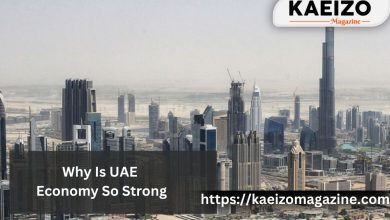
Babri Masjid to Chinese aggression: Comparing changes in NCERT Class 12 textbooks
New NCERT Class 12 textbooks have hit the market with several deletions and changes. The revised political science textbook does not mention the Babri masjid, but refers to it as a “three-domed structure”.
Babri Masjid referred to as a ‘three-dome structure with Hindu symbols’
Details of Ayodhya dispute pruned from four to two pages
Deletion includes rath yatra, role of kar sevaks and demolition of Babri Masjid
The newly revised NCERT Class 12 Political Science textbook, released last week, omits the name Babri Masjid, referring to it instead as a “three-domed structure”. Additionally, the Ayodhya section has been reduced from four pages to two, with significant details from the previous version removed. The previous textbook described Babri Masjid as a 16th-century mosque built by Mughal emperor Babur’s General Mir Baqi. The revised chapter now refers to it as “a three-dome structure built at the site of Shri Ram’s birthplace in 1528, featuring visible displays of Hindu symbols and relics both inside and outside”.
The previous version of the textbook devoted two pages to describing the events following the Faizabad (now Ayodhya) district court’s decision to unlock the mosque in February 1986. It detailed the subsequent mobilisation on both sides, the ensuing communal tensions, the Rath Yatra from Somnath to Ayodhya, and the Kar Seva by volunteers in December 1992 aimed at constructing the Ram Temple.
The account included the demolition of the mosque and the subsequent communal violence in January 1993. Additionally, it noted the BJP’s “regret over the happenings at Ayodhya” and mentioned the “serious debate over secularism” that followed.
“The Hindu community felt their concerns about Shri Ram’s birthplace were ignored, while the Muslim community sought assurance of their possession of the structure. Tensions rose between both communities over ownership, leading to numerous disputes and legal battles. Both communities sought a fair resolution. In 1992, after the structure’s demolition, some critics argued it posed a significant challenge to Indian democratic principles”.




